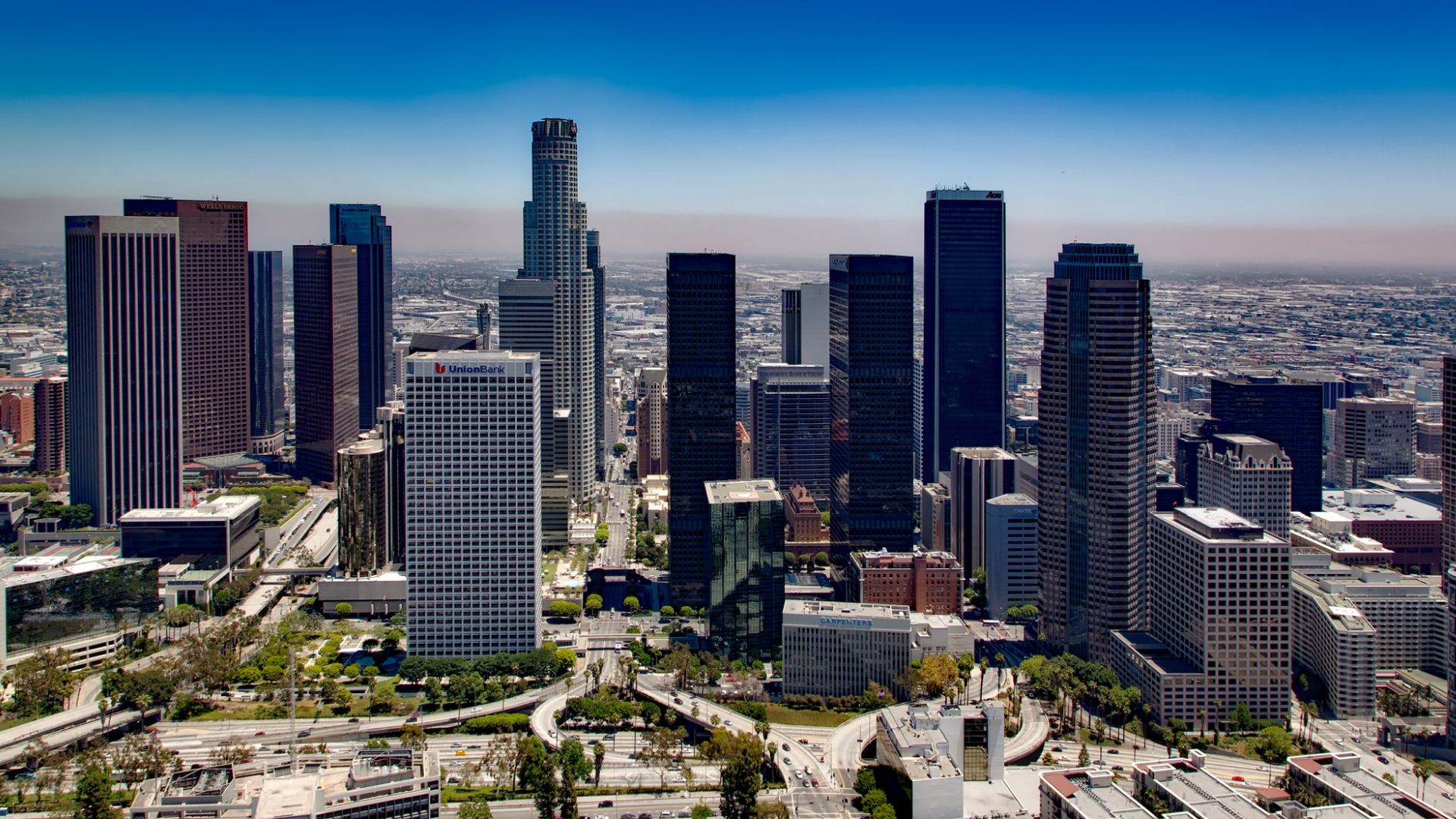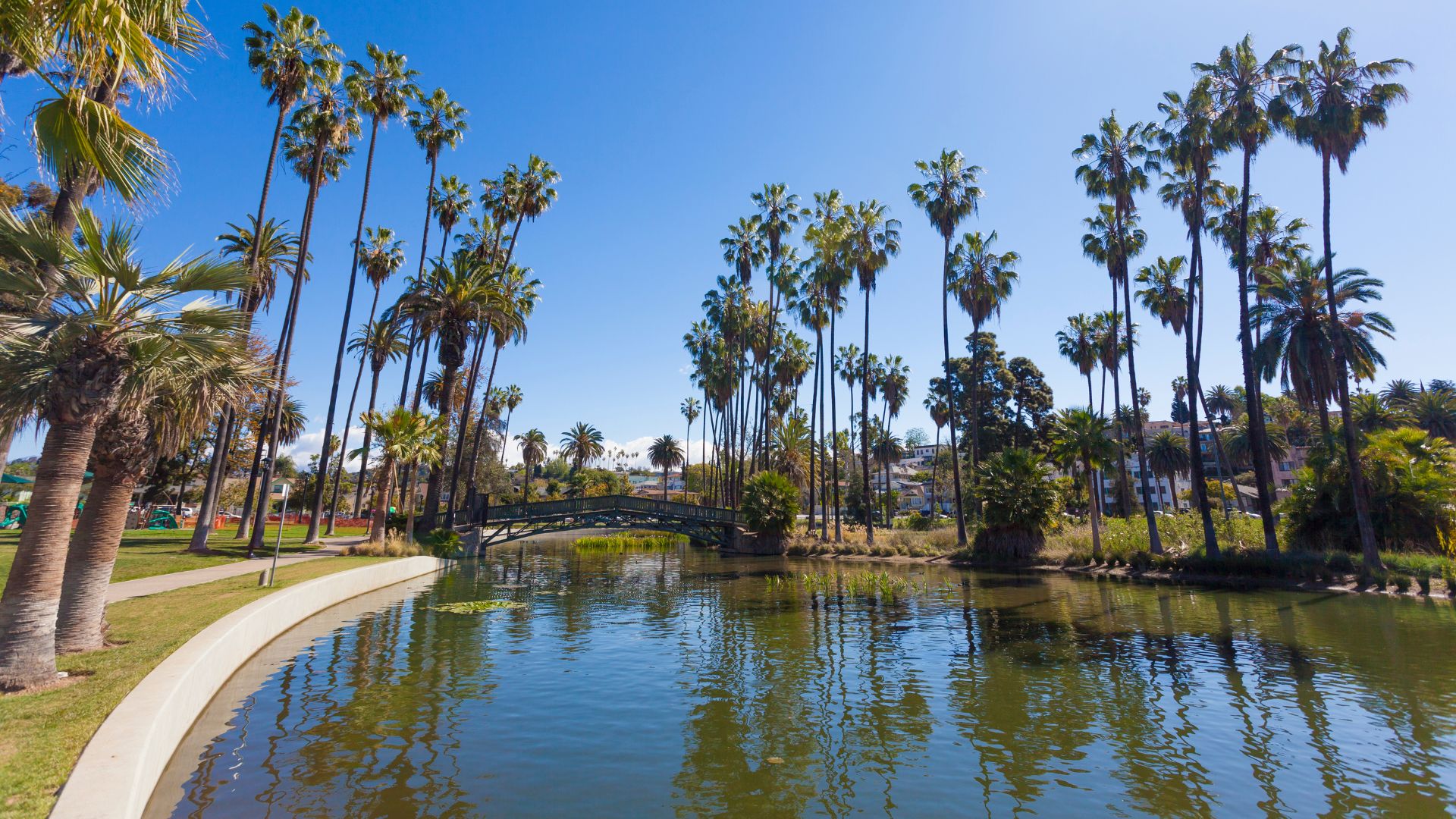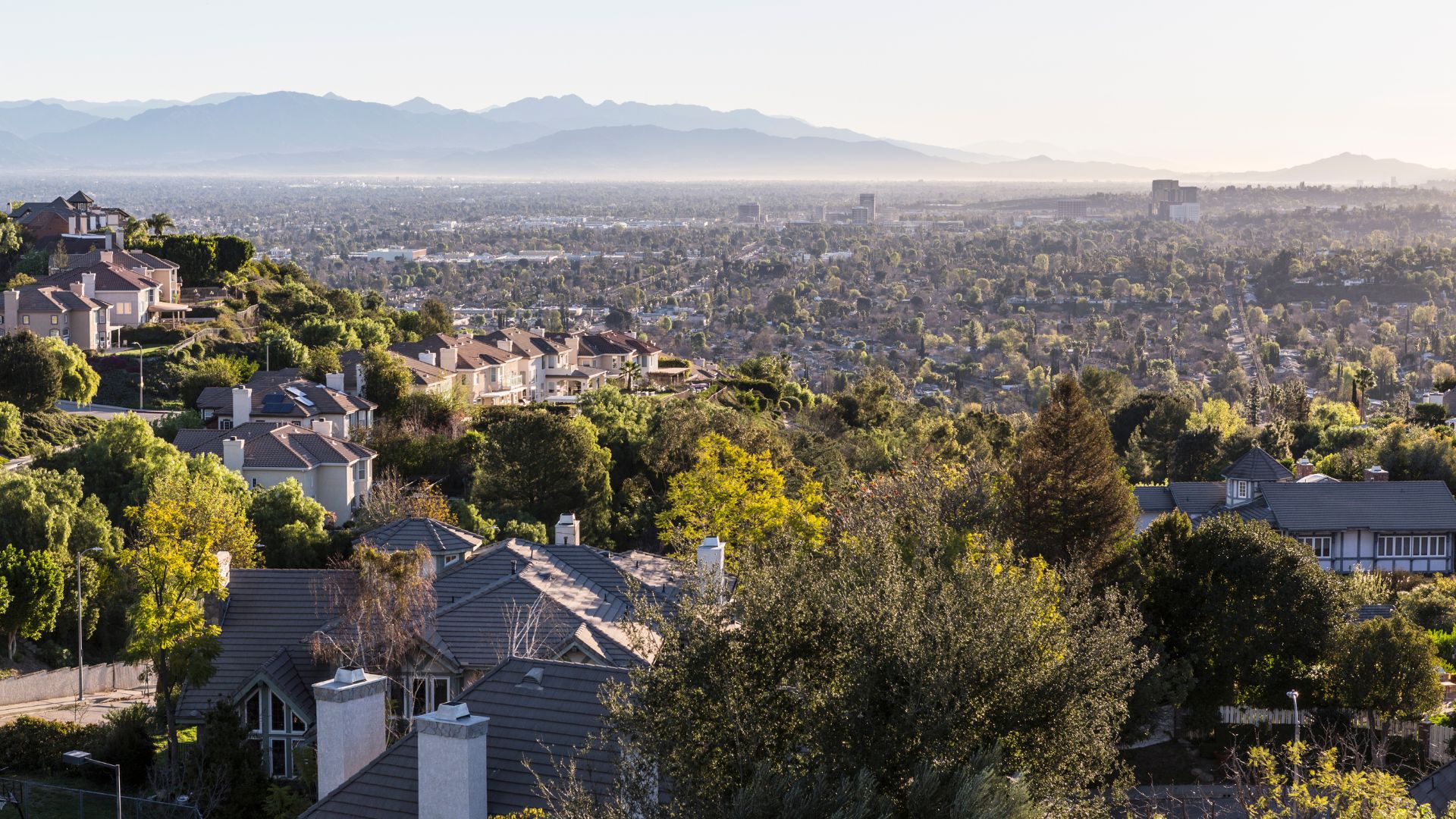When people picture Los Angeles, they often imagine gridlocked freeways and neighborhoods sprawling in every direction. Honestly, LA can feel like a lot, especially if you’re new or just passing through. But with a few tricks, you can make sense of the chaos and actually enjoy what the city offers.
I’ve lived here for a while, and I’ve run into my fair share of headaches and happy surprises—think perfect weather, quirky neighborhoods, and a culture that never sits still. Over time, I picked up some easy ways to get around and explore without losing my mind.
If you want to figure out LA without getting overwhelmed, you’re in the right place. I’ll share what’s helped me so you can soak up the best parts of LA and dodge the usual stress.

Is Los Angeles Really as Overwhelming as They Say?
Los Angeles is huge, busy, and full of neighborhoods that each have their own thing going on. Sure, there are challenges, but if you get a feel for the city’s layout and have a plan, it’s way more manageable than it seems at first.
First Impressions of LA’s Vastness
The first time I landed in LA, the city’s size hit me right away. Unlike those walkable cities, LA sprawls for miles—from the San Fernando Valley all the way down to South LA. Each neighborhood feels like its own mini-city, with a different mood and its own set of hangouts.
What really caught me off guard? The distances. Getting from Hollywood to Santa Monica can take ages, even if the map makes it look close. Most folks drive because the metro doesn’t go everywhere, and public transit can be spotty.
I figured out pretty fast that planning is key here. A quick errand can turn into a full-blown expedition if you aren’t careful. Apps help, but the city’s size is something you just have to see to believe.
Typical Challenges for Newcomers
Traffic is the thing everyone complains about first. The 405, 101, and 10 freeways crawl during rush hours, especially when you’re heading through the Valley or down to South LA. You’ll need a little patience (or a lot).
Parking? It’s a beast of its own. Some neighborhoods barely have street parking, especially around popular spots or downtown. The parking signs can be confusing, and street cleaning days sneak up on you with expensive tickets.
Getting to know the back roads and alternate routes is essential. Even leaving the house 15 minutes earlier—or later—can change your whole day. Sometimes I’ll bike or hop on a bus just to avoid the headache.

Misconceptions About City Life
People love to say LA is impossible to handle, but honestly, those stories are a bit much. Not every street is jammed with cars all the time. Some areas, especially in South LA or the Valley, are actually pretty chill during off-peak hours.
LA life can be hectic, but you’ll also find slower-paced corners—parks, neighborhood cafes, and communities that feel like small towns. It’s not just freeways and crowds. Where you go and when you travel make a huge difference.
Once I started to notice these details, LA felt a lot more livable. Knowing how the city really works, instead of buying into the horror stories, helped me settle in.
Mastering LA Traffic Like a Pro
Driving in LA can seem like a nightmare, but with a few strategies, you can save yourself a ton of hassle. Knowing the traffic patterns, alternate routes, and parking tricks totally changes the game.
Top Traffic Hotspots and Peak Times
Some places always seem jammed. The 405, 10, and 101 freeways are infamous, especially near downtown or the Westside. South LA gets packed, too, mostly between 7–10 a.m. and 3–7 p.m.
Rush hour means stop-and-go traffic and surprises. Even weekends can be rough if there’s an event or you’re near Hollywood, Santa Monica, or a stadium. I always check a maps app before heading out—sometimes things change in a flash.
Best Driving Routes and Alternatives
When I want to avoid the worst of it, I stick to streets like Olympic, Pico, and Venice Boulevards on the Westside. Neighborhood routes in Echo Park or Silver Lake help dodge freeway jams, but I keep an eye out for speed bumps and stop signs.
Google Maps and Waze are basically must-haves here. They reroute me around accidents or traffic, and I get alerts if something’s blocking the road. If I’m heading out for a longer drive, I’ll try to travel outside rush hour or use a Metro park-and-ride to mix driving with public transit.

Rideshare, Carpooling, and Parking Hacks
Uber and Lyft are everywhere in LA, and sometimes it’s cheaper to grab a ride than pay for pricey parking—especially downtown or in Hollywood. Some freeways have carpool lanes during rush hour. If you’ve got at least one passenger, you can skip a lot of the traffic.
Carpooling helps you beat the worst of city driving. Parking is still a pain, especially in Downtown LA, West Hollywood, or around big attractions. I usually pay for a lot if I can. Parking apps or checking ahead for street spots can really save your sanity.
Exploring LA’s Diverse Neighborhoods
LA is a patchwork of neighborhoods, and each one brings something different to the table. Getting to know these differences helps you feel less lost—and, honestly, makes the city way more fun.
Notable Neighborhoods: From South LA to the San Fernando Valley
South LA has a deep sense of history and community. Landmarks like the Watts Towers and Leimert Park are full of art and music. And if you’re hungry, this is where you’ll find some of the best barbecue and soul food around.
Up north, Hollywood and West Hollywood are a whole other vibe. Hollywood has the Walk of Fame and all the touristy stuff, while West Hollywood (or “WeHo”) is famous for nightlife and LGBTQ+ friendly spaces. Koreatown is nearby, and it’s a food lover’s dream—late-night Korean BBQ, trendy cafes, you name it.
The San Fernando Valley feels more laid-back. Sherman Oaks, Encino, and Studio City are quieter, with parks and family-friendly streets. North Hollywood’s got cool coffee shops and thrift stores if you’re into that.

Local Culture and Community Vibes
Every part of LA has its own thing going on, shaped by the people who live there. South LA throws regular festivals, art shows, and open-mic nights. Murals everywhere tell stories about the neighborhood’s roots.
In the Valley, it feels almost suburban. Farmers markets, hiking trails, and block parties make it feel friendly. I always see people out walking dogs or grabbing cookies from a local bakery. In Sherman Oaks, it’s not unusual to bump into neighbors at community events.
Downtown LA is a mashup of old and new. The Arts District and Little Tokyo are full of galleries, street art, and food spots you won’t find anywhere else. It’s wild how you can explore Mexican, Japanese, and modern American culture all within a few blocks.
Tips for Finding Hidden Gems
If you want to go beyond the tourist stuff, ask locals. Baristas, shop owners, even your Lyft driver—they’ll clue you in on the best taco stands or late-night cookie spots.
Trying new things is key. I use apps and Instagram to find pop-up events, small concerts, or art galleries off the beaten path. Walking or biking through places like Silver Lake or Highland Park has led me to tiny bookstores and handmade craft shops.
I check bulletin boards and neighborhood websites for local events. That’s how I’ve found food trucks, live jazz nights, and even a bakery with the best cookies in the Valley. Staying curious is the secret to finding LA’s coolest experiences.

Stress-Free Navigation and Commute Tips
Getting around LA takes a little planning, but it doesn’t have to be a headache. I rely on public transit when I can and keep self-care in mind to handle the city’s pace.
Using Metro and Public Transit Effectively
The Metro can save you a ton of time, especially at rush hour. I check routes on Google Maps or the Metro app before I go. They give real-time updates and help me avoid delays.
Handy Metro Tips:
- Grab a TAP card for easy payment on buses and trains.
- The Red Line and Expo Line cover a lot of ground fast.
- Buses reach most neighborhoods. The rapid lines are way quicker.
- Riding transit means I can read or just chill during the trip.
I try to avoid peak times—before 7 a.m. or after 7 p.m. is usually quieter. The Metro’s clean and air-conditioned, so it beats sitting in traffic. Maps at every station make transfers pretty straightforward.
Essential Self-Care for LA Commuters
Long commutes can wear you down. I make self-care part of my daily routine to keep stress in check.
Packing water and snacks is a must. Podcasts and music help me relax during slow traffic or train waits. Comfort matters—I always wear shoes and clothes good for walking or standing.
Easy Self-Care Tips:
- Bring hand sanitizer and a mask.
- Noise-canceling headphones are a lifesaver.
- If I get tense, I’ll do some deep breathing.
If my day gets stressful, I’ll step outside for fresh air at a station. Little comforts and breaks really make LA commutes easier.

Living Smart: Everyday Strategies for LA Residents
Living in LA means staying flexible, organized, and a little bit street-smart. I’ve found that building good habits helps me stay happy and healthy in this fast-paced city.
Balancing Work, Activities, and Relaxation
I plan my week with a mix of work, downtime, and fun stuff. I set aside time for job tasks but leave space for local events or a workout.
Staying active is easy here, with beaches, hiking trails, and parks all over. I use apps to find outdoor yoga or community meetups—great for meeting people and unwinding.
To keep burnout away, I stick to a sleep schedule and find relaxing spots like gardens or coffee shops for breaks. Setting boundaries between work and personal time is non-negotiable.
Sample Weekly Schedule
| Time | Activity |
|---|---|
| 6:30 am | Morning walk |
| 8:00 am – 5:00 pm | Work/Commute |
| 6:00 pm | Yoga/Fitness |
| 7:00 pm | Social/Downtime |
Staying Safe and Healthy in LA’s Urban Environment
You’ve got to stay alert in LA, especially in crowded or unfamiliar spots. I keep my phone charged, use trusted ride-share services, and avoid walking alone late at night whenever possible.
For health, I hit up farmers markets for fresh produce. I double-check foods and supplements for FDA approval—better safe than sorry. Air quality isn’t always great, so I track the smog reports and skip outdoor workouts on bad days.
Drinking water, wearing sunscreen, and taking time to unwind are all part of my routine. I keep a basic emergency kit in my car and at home, just in case.

Marketing Yourself in a Competitive City
Trying to stand out in LA? It honestly takes some hustle. I always keep my resume and LinkedIn fresh, tossing in specific skills and any recent projects that feel impressive.
Networking events and casual industry meetups have helped me meet all kinds of interesting people. Sometimes, the best connections are the ones you don’t plan for.
Having a strong online presence really matters here. I set up a simple website—nothing fancy—to show off my favorite work and a few testimonials that make me smile.
I’m always on the lookout for local classes or certifications that give me something new to talk about. It’s not just about collecting badges; it’s about staying visible and feeling confident when opportunities pop up.

